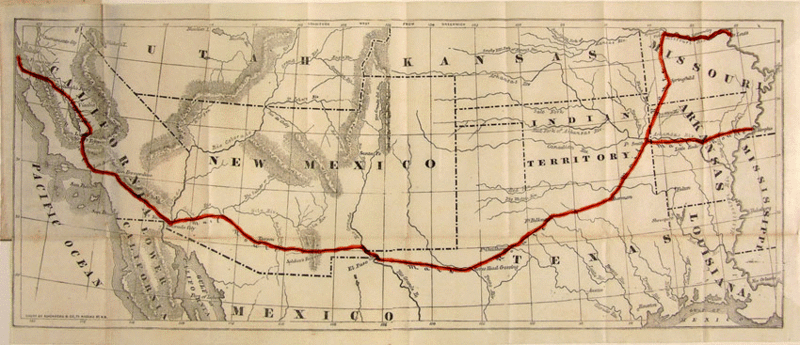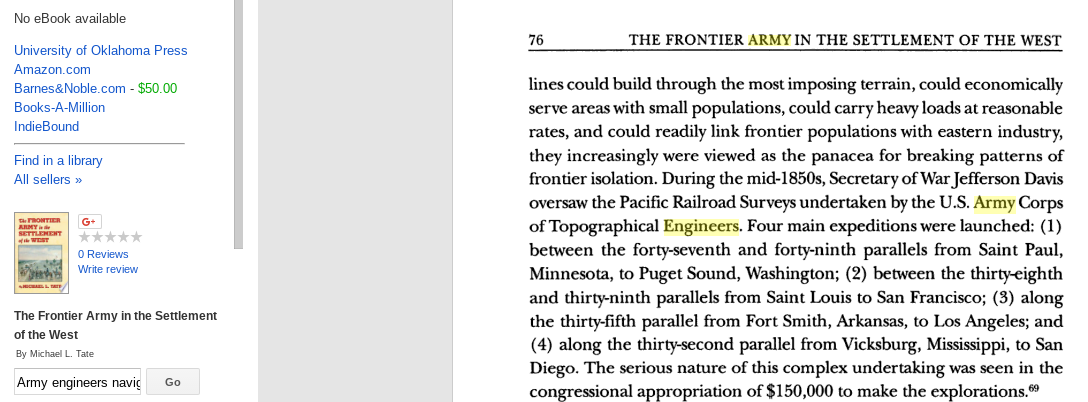Maybe Hangzhou? Situated in China's 4th richest province, and within the wealthy Jiangnan region, it has great potential due to its geographical position. However, as of now, it is eclipsed economically by Shanghai, a much younger city (people of the region even call Shanghai Benbang--roughly translating to "centerpiece city"). This is a far cry from Hangzhou's status of China's largest city during the Southern Song Dynasty, and that is very impressive when you note that the Song comprised of 80% of the world's GDP in its heyday. Later on, Hangzhou was eclipsed politically by Nanjing in the early Ming Dynasty, during which Nanjing served for a time as China's capital, and was of course overtaken by Shanghai during the Qing Dynasty.
As of now however, Hangzhou still has one asset--tourism. It is also one of China's most modern, automated cities and has absolutely beautiful scenery. If China was to be more Southern-oriented than OTL, and also historically focused more on the economy, Hangzhou could very likely have remained China's number 1 city to this very day.
Didn't the port of Hangzhou silt up in the early modern period, hence why the city was eclipsed?
Could Anchorage, or some other city in Alaska, be larger if the territory is connected with one of the other larger polities on the continent? Either being part of Canada, or the Yukon and British Columbia being part of the US, giving a direct route to Alaska.
Also, on the topic of Cairo, Illinois, I can't help but wonder if you could have moved that potential hub eastward, to Metropolis, Illinois, such that Superman may gallivant about in a real city.
I think if the Japanese colonised Alaska (either Russia sells directly to them, or sells it to Spain or someone who sells it to Japan, might take even more of a Japan wank than the late 19th century had), you'd have at least one city the size of Anchorage and possibly sizably bigger. I believe Anchorage is in one of the best regions of Alaska for agriculture and thus easier to colonise. Maybe also a communist US might move a lot of people to Alaska, out of paranoia of Russians/British/whoever trying to take it, putting labour camps there, and in general to exploit its massive mineral resources of which thanks to environmentalism the United States would never exploit (of course, it's a good thing we don't have places in this country like Norilsk where pollution is so bad you can economically mine the soil). In either case, I could see the population of Alaska in its current borders reach twice as much by the present day. If you had an early POD (Heian era) that leads to Japanese colonisation of the West Coast (once they're done with the Sea of Okhotsk region), maybe even as high as 3-4 times as much in the present day.
But how would Metropolis compete with Paducah on the other side of the river? I guess aside from the fact that it has gambling and all, but wasn't that relatively recent that Illinois legalised gambling?


